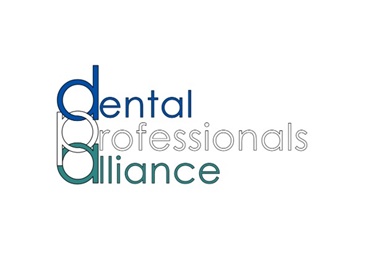What do we mean by right-touch regulation?

Dr Toby Ganley is the Head of Right Touch Regulation at the General Dental Council.
Most of us are aware of the six principles of right-touch regulation developed by the Professional Standards Authority (PSA), but how many of us can recite them or tell us what each of them means for dental regulation.
For some reason, the PSA shies away from the acronym PATCAT! I find it really helpful when trying to recall all six principles, which are:
- Proportionate
- Agile
- Targeted
- Consistent
- Accountable
- Transparent
But, remembering is only the start. What do they mean for us? What do they mean for dental regulation? These aren’t easy questions to answer.
Proportionate simply refers to a relationship or ratio between one thing and another – to achieve X, we invest Y - if someone does this type of thing, there will be a consequence of a particular kind. But, there’s a range of ways we
can interpret or define proportionate.
Accountable seems easier on the face of it. But accountable to who? The Privy Council? The public and patients? Dental professionals?
And, what space do we have for agility, within a rigid and dated legislative framework?
To explore these questions, we’ve recently embarked upon a new project to develop a set of principles to guide our regulatory decision making. We believe this will give confidence to those making decisions and provide clarity for dental professionals and the public. This will make it easier to know and understand the sorts of issues we are likely to focus on, and why, and the things that are outside of our scope.
We’ve only just begun, but we’ve started to get a feel for what some of the principles of right-touch regulation might mean for us. For example, those we’ve spoken to feel that proportionate should be linked to risk i.e. our intervention should be in proportion to the risks presented. This could work for how we consider targeted too i.e. actions are focused on where the risks reside. Agility might require us to find ways to be more flexible in our processes, while we continue to be constrained by regulation.
However, regulatory reform is now clearly on the government’s agenda. So, understanding and articulating these principles for dental regulation now, will mean we are very well positioned to respond to the opportunities this presents.
If onerous and rigid prescriptive legislation is replaced with greater autonomy, and accountability, we’ll have the flexibility we need to effectively and fairly apply our well-defined and understood set of principles. In the meantime, we will work to set out and define our principles in readiness for the reforms to come.
If this is subject of interest, and I hope it is, please be part of the conversation. There will be opportunities to help develop our thinking on our ‘principles of regulatory decision-making’, so keep an eye out and take advantage of them when you can.
 eGDC
eGDC





















